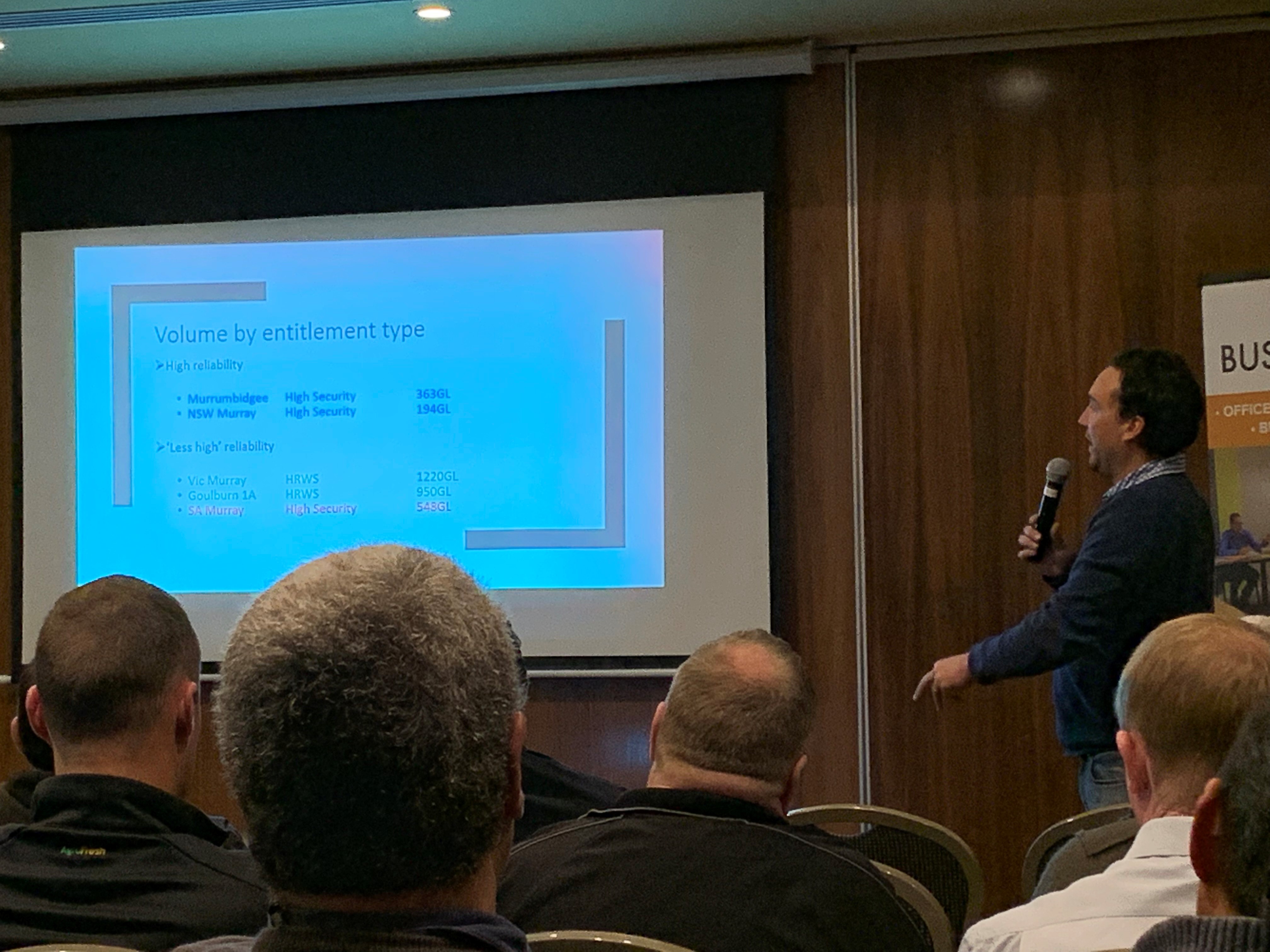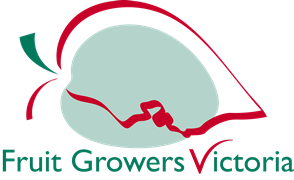Chill Units of Stone Fruit
Dormancy
Stone fruit trees such as peaches and nectarines develop their vegetative and fruiting buds in the summer. As winter approaches, the already developed buds go dormant in response to both shorter day lengths and cooler temperatures. This dormancy or sleeping stage protects buds from the effects of cold weather. Once buds have started dormancy, they will be tolerant to temperatures much below freezing and will not grow in response to mid-winter warm spells.
Chill Units
These buds remain dormant until they have accumulated sufficient chilling units (CU) of cold weather. A chill unit is allocated when temperatures spend time within certain parameters (Refer to chill accumulation models). When enough chilling accumulates, the buds are ready to grow in response to warm temperatures. As long as there have been enough CUs the flower and leaf buds develop normally. If the buds do not receive sufficient chilling temperatures during winter to completely release dormancy, trees will develop one or more of the physiological symptoms associated with insufficient chilling:
Delayed foliation
A classic symptom of insufficient chilling is delayed foliation. A tree may have a small tuft of leaves near the tips of the stems and be devoid of leaves for 30 to 50 centimetres (12-20 inches) below the tips. Lower buds will break eventually but full foliation is significantly delayed, fruit set is reduced, and the tree is weakened. Furthermore, heavy suckering or water shoots emerging from lower parts of the tree causes management problems. Also normal development of next year's fruit buds can be impaired. Less extreme cases would show lesser effects.
Reduced fruit set and buttons
Flowering, in response to insufficient chilling, often follows the pattern seen with leaf development. Bloom is delayed, extended, and due to abnormalities in pistil and pollen development, fruit set is reduced. In many peach/nectarine cultivars, flowers drop before or around shuck split. But in others buttons form. Buttons result from flowers that apparently have set but never develop into full-size fruit. The fruit remains small and misshapen as they ripen. If you cut these fruit open, the seed is dead. Because buttoning is not apparent early in the season, growers can not thin off the abnormal fruit and the developing buttons serve as a food source and over wintering site for insects and diseases. In less extreme case's you may notice a wider spread of fruit sizes and require extra picks to complete harvest.
Reduced fruit quality
The effects of insufficient chilling on fruit quality are probably the least discussed but may be more common than we think. The effects on leaf growth and fruit set are dramatic but the effects of insufficient chill on fruit quality are subtle, and can occur when other symptoms do not. Insufficient chilling will cause many cultivars to have an enlarged tip and reduced firmness. Furthermore, fruit background coloration may be greener than usual, possibly due to the fruit losing firmness before the background colour can fully change from green to yellow. The extent of these quality problems depends on the cultivar and the degree of chilling deficiency (Byrne & Bacon). Common chill accumulation models It is important to note that some people refer to chill units as chill hours. With the simple models this could be correct, as 1 hour under 7.22°C is the equivalent to 1 chill unit. However, as the complexity and accuracy of the calculations below increases, the above statement is not necessarily correct. A chill unit is a measurement allocated when temperatures are in between certain parameters. When talking to nursery's you may need to check if they are talking about chill units.
7.22°C and under model
1 hour under 7.22°C =1.0 chill unit (CU)
In this model anything over 7.22 = 0 chill unit (CU)
0-7.22°C model
1 hour between 0 and 7.22°C =1.0 chill unit (CU)
In this model less than 0°C = 0 chill unit (CU) and over
7.22°C = 0 chill unit (CU)
Utah model
Scientists noticed that under controlled condition's temperatures of 6°C attributed most towards the completion of tree rest than any other temperature. So, one hour at 6°C was given the value of 1 chill unit (CU).
The same scientists also found that lower and higher temperatures could counter-act those effects. Scientists at Utah State University in Logan, developed the following model to help calculate chill units received.
- 1 hour below 1.4°C = 0.0 chill unit (CU)
- 1 hour between 1.5-2.4°C = 0.5 chill units (CU)
- 1 hour between 2.5-9.1°C = 1.0 chill units (CU)
- 1 hour between 9.2-12.4°C = 0.5 chill units (CU)
- 1 hour between12.5-15.9°C = 0.0 chill units (CU)
- 1 hour between 16-18°C = - 0.5 chill units (CU)
- 1 hour over 18°C = - 1.0 chill units (CU)
(Richardson, Seeley, Walker)

Table 1. Varieties of stone fruit and chill units required (Fleming's Nursery)For more information on specific varieties contact your local nursery.
Figure 1. The above ready reckoner can be used to give an estimation of the chill units accumulated in a given season. As a guide only, it uses the average temperature of the coldest month to indicate possible chill units (Dr Jill Campbell, NSW Agriculture).
Determining chill unit requirements
Determination of CU requirements can be done by two very different methods, the physiological method and the statistical method.
Physiological method
The physiological determinations are made by regularly collecting twigs from the field and putting them into a green house where they can be kept at a constant 18°C.
If the buds on the twigs develop within a 2-week period, they will be considered as having reached their required CU quota.
It is then a matter of checking the amount of CU accumulated up to the point when that particular sample was taken from the field.
Statistical Method
This is a much less time consuming method compared to the physiological method, providing large quantities of data are available.
Reference: Agriculture Victoria, 2015: Chill units of stone fruit

